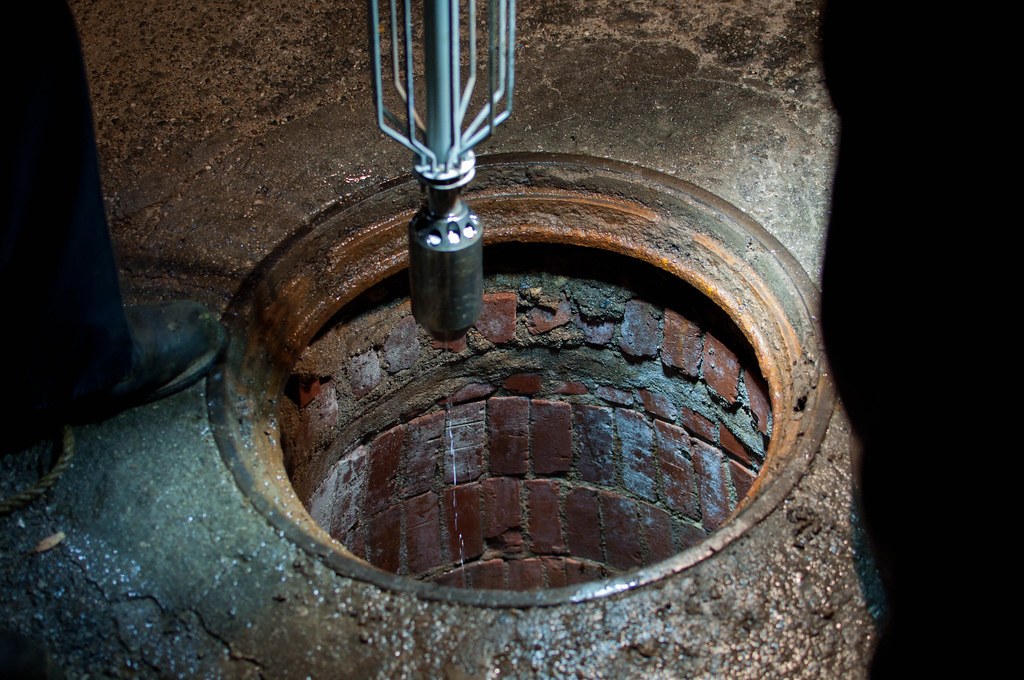Navigating the Strategic and Ethical Frontiers of Indian Robotics
As India accelerates the deployment of advanced robotic systems such as the Multi-Utility Legged Equipment (MULE), leading experts and institutions are shaping the national discourse on the intersection of technology, security, and ethics. Their perspectives reveal that India’s robotics trajectory is not merely a matter of technological prowess, but a complex balancing act involving indigenous innovation, regulatory foresight, and ethical stewardship. Drawing on the insights of prominent Indian researchers and policymakers, this section unpacks the nuanced challenges and opportunities that define the future of autonomous systems in India.
Indigenous Innovation: Leveraging Local Expertise for Strategic Autonomy
Dr. R. K. Sharma, Director of the Defence Research and Development Organisation (DRDO), underscores the critical role of homegrown robotics in safeguarding India’s operational sovereignty. According to Dr. Sharma, “Indigenous robotics platforms, when integrated with India’s NAVIC satellite navigation system, provide a decisive advantage in autonomous operations—ensuring both operational security and adaptability to India’s diverse terrains.” This approach is exemplified by DRDO’s collaboration with Indian startups to develop terrain-adaptive robots for border surveillance, minimizing dependence on foreign technologies and mitigating cybersecurity risks.
India’s strategic focus on indigenous development is further reflected in the Defence Ministry’s Technology Development Fund, which supports local enterprises like Aero Arc in building robust, field-ready robotic solutions. Such initiatives align with the government’s “Atmanirbhar Bharat” (self-reliant India) vision, reinforcing the imperative for technological sovereignty in critical sectors.
AI Governance: Building Transparent and Accountable Systems
While hardware innovation is essential, experts like Prof. Anjali Mehta of IIT Delhi emphasize that the true test of autonomous systems lies in their governance. Prof. Mehta argues that “the effectiveness of military and civilian robotics hinges on robust AI governance frameworks that ensure transparency, accountability, and safety in autonomous decision-making.” She advocates for the creation of a National AI Safety Institute, echoing recommendations from the Ministry of Electronics and Information Technology’s (MeitY) 2025 AI Governance Report.
This report highlights pressing challenges such as algorithmic bias, data privacy, and the potential misuse of autonomous systems in sensitive contexts. For instance, the deployment of facial recognition-enabled robots in public spaces has sparked debates on privacy and consent, prompting MeitY to propose comprehensive regulatory guidelines.
Ethical Imperatives: Balancing Innovation with Societal Values
Indian policymakers are acutely aware that technological advancement must be tempered by ethical considerations. The Ministry of Electronics and Information Technology has repeatedly stressed the importance of embedding ethical principles—such as fairness, inclusivity, and human oversight—into the design and deployment of AI-driven robotics. MeitY’s policy frameworks address concerns ranging from intellectual property rights to the mitigation of malicious content and algorithmic discrimination.
A real-world illustration of these ethical challenges emerged during pilot deployments of autonomous ground vehicles for disaster relief in Assam. While the robots enhanced logistical efficiency, local NGOs raised concerns about potential data misuse and the exclusion of marginalized communities from decision-making processes. In response, MeitY initiated stakeholder consultations to refine ethical guidelines and ensure that technological solutions align with India’s pluralistic values.
Cross-Sectoral Collaboration: Integrating Research, Policy, and Operations
Experts agree that the future of Indian robotics depends on seamless coordination across research institutions, government agencies, and operational stakeholders. The successful rollout of the MULE platform, for example, involved partnerships between DRDO, IITs, and private sector innovators, each contributing domain expertise and contextual knowledge.
This collaborative model is mirrored in India’s broader AI strategy, which encourages joint ventures, public-private partnerships, and international cooperation—such as the India-U.S. TRUST Initiative. These alliances facilitate knowledge exchange, capacity building, and the development of interoperable standards, ensuring that India’s robotics ecosystem remains agile and globally competitive.
Policy Roadmaps: Institutionalizing Safe and Inclusive Robotics
Institutional frameworks are rapidly evolving to keep pace with technological change. The draft Digital Personal Data Protection Rules and AI Diffusion Rules, released by MeitY, aim to address data localization, privacy, and security—core concerns for autonomous systems operating in sensitive domains. Proposals to establish an independent AI regulator and a dedicated AI Safety Institute reflect a growing recognition of the need for specialized oversight.
Moreover, India’s National Strategy on Artificial Intelligence prioritizes the responsible deployment of AI for defense, disaster management, and inclusive growth. These policy blueprints are not merely aspirational; they are grounded in actionable recommendations and ongoing pilot projects that test regulatory mechanisms in real-world settings.
—
Through the lens of India’s foremost experts and institutions, it is clear that the journey toward advanced robotics is as much about ethical foresight and institutional collaboration as it is about technical innovation. The convergence of indigenous development, transparent governance, and inclusive policy will determine whether India’s robotics revolution fulfills its promise of secure, equitable, and transformative impact.













